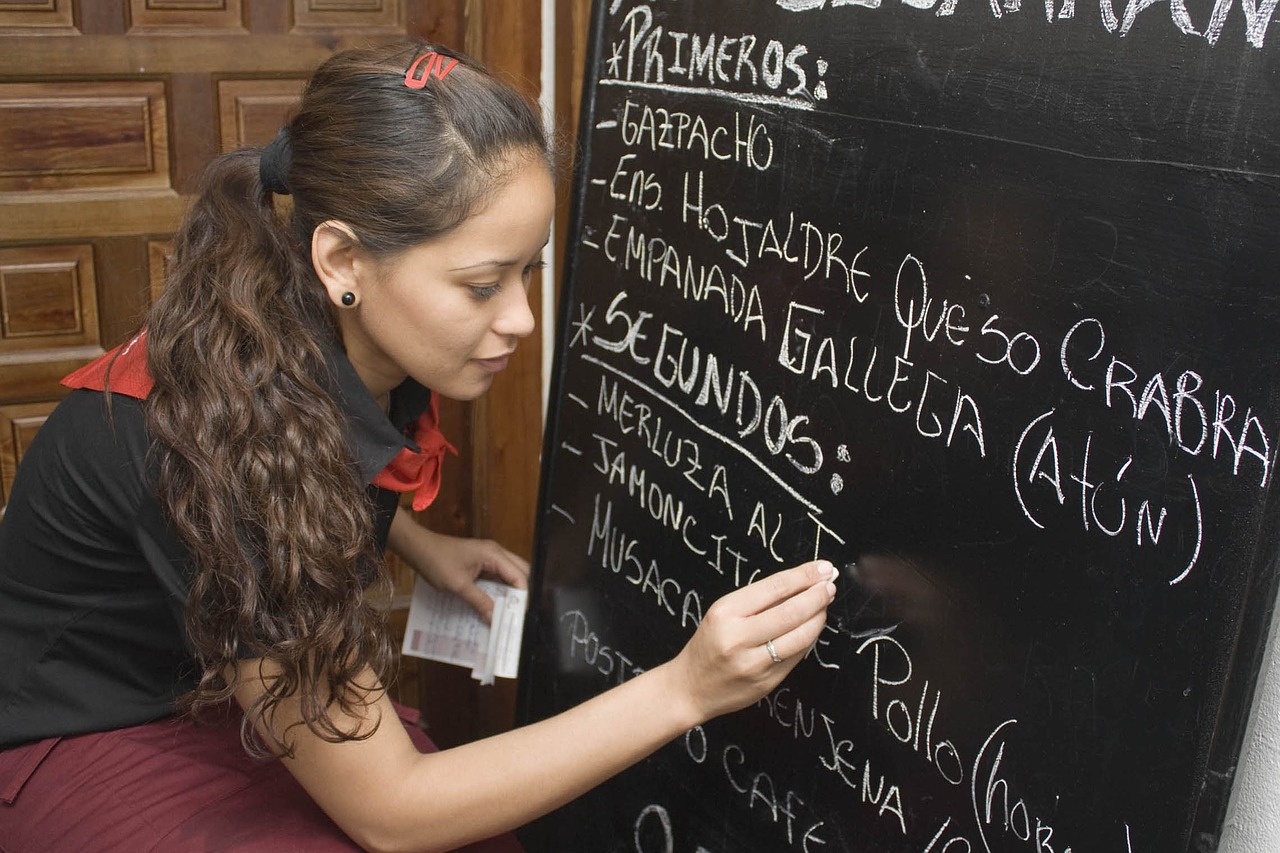No matter how good a restaurant’s food or concept is, without data, it’s impossible for a brand to be successful. Leaders need insights from granular sales data to macro-level trends in order to make impactful, long-term decisions and track the health of their businesses. Yet despite this reliance on data, many brands function without capabilities that scale to their individual needs, making it more difficult for them to achieve business results.
“Data is the single best resource restaurants have to make strategic decisions,” says Catherine Penizotto, Vice President of Customer Success at Agilence. “The facts are hard to dispute, and they give you a sound foundation for the future. Without meaningful, data-driven insights, restaurants are flying blind.”
It’s critical for restaurants to understand what kinds of data are most important for their individual operations, but with so much data available to today’s restaurants, it can be a challenge to identify what to track. Here are a few ways restaurants can use data to drive profits:
1. Measure Speed of Service
In an age when consumers are busier than ever, serving them quickly is critical.
“People expect to get in and out of a restaurant quickly, and understanding the speed and quality of the service they are providing is crucial,” Penizotto says. “Measuring that speed is the only way to know how long each step of the process is taking. You need to know how much time customers spend ordering items, how long it takes them to pay at the window, and how long it takes to pick up food.”
By measuring speed of service at each touchpoint, restaurants can identify bottlenecks and fix processes that aren’t working chain wide, or they can work with individual stores to correct performance.
“Even if you only shave 2 seconds off of every order, that equates to many more orders you could process during the same time period with the same labor, and that’s a huge plus for the bottom line without spending more money,” Penizotto says.
2. Monitor Upselling
It’s no secret upselling is a major tool that quick-service restaurants can use to increase sales, and by tracking upselling on both the employee and store levels, managers both in- and above-store levels can gather valuable insights to improve profitability.
“Tracking upselling actually has two benefits,” says Patrick McPartlin, Manager of Customer Success at Agilence. “You can sell more high-margin products and drive sales, but you can also use it to identify other issues in a store that have larger implications.”
For example, he says if one restaurant isn’t as strong as another in upselling, leaders could find that the store has an issue with consistent training, or maybe they have limited supply of the item they are supposed to be upselling. Tracking this metric could not only drive those incremental upcharges and ultimately sales, but also help brands diagnose larger-scale problems that impact profitability down the line.
3. Optimize Promotions
By tracking data around menu items and promotions, restaurants can better plan for future limited-time items, discounts, or deals. But tracking promotions also helps brands figure out which promotions are actually profitable and which are eating into the bottom line and how to optimize them.
“Everyone runs promotions, and they are often fun, enticing offers that drive additional customer traffic and increase sales,” McPartlin says. “But a lot of operators don’t realize what a promotion actually does to the bottom line. When you have the right transactional data you can see what penetration of a promotion is and see if it’s actually driving the intended behavior whether it be increased traffic during a time period, higher average sales, etc. The data can tell you if the promotion is encouraging purchases of higher priced products or if consumers cherry pick deals leaving your margin suffering or if a bargain is only drawing in existing customers instead of new customers.”
Penizotto agrees, saying that it’s crucial for restaurants to understand whether or not their promotions are really successful.
“It may look like a promotion is driving sales, but without granular data, restaurants can’t be sure that a promotion is actually driving the intended behavior or that targeted advertising is having a beneficial impact.”
4. Prevent Loss
Though many leaders focus on driving sales—and they should—it’s easy to forget that a massive piece of the profitability puzzle is preventing loss, too. For many other brands, the fear of misuse of promotions can keep a restaurant chain from truly flexing its marketing muscles.
“For some brands, loss and fraud holds them back from running promotions because they are afraid they will be taken advantage of,” McPartlin says. “Or if they do, they may overcomplicate the offer so that it’s harder to take advantage of, but at the end of the day, that’s keeping them from driving sales. If you have data around fraud, you have peace of mind that when someone does take advantage of a promotion, you catch it sooner.”
Though identifying areas of loss prevention can take a lot of time using manual processes, Penizotto says that using tools that provide data in an organized and actionable way, allows management to determine the best way to disseminate the results out to recipients. Whether its setting prescriptive alerts to be sent out to appropriate parties when events breech set thresholds, establishing executive dashboards for an immediate snapshot of the business, or querying data sets to get the full understanding of an event, leaders can spend their time elsewhere and feel confident that threats to the bottom line are being caught.
“It’s important to keep in mind that only a small percentage of transactions result in a loss for the business. With this type of granular data and the ability to transform raw data into actionable insights, business leaders can make informed decisions about acceptable risk for loss and potential impacts to customer experiences,” she says.
From granular sales data to larger organizational trends, data has the power to help business leaders transform their restaurants and maximize profits—but only if data is readily accessible and scalable to a business’s needs in a single platform.
“Your tools don’t have to be complicated,” McPartlin says. “Agilence has tools that make it easy to find and use data so you don’t have to be an expert to understand it and take action. When you have that all data in one simple platform, all these things we’ve talked about today become easy, and restaurants can focus on their biggest jobs: satisfying customers and driving profits.”
By Peggy Carouthers













